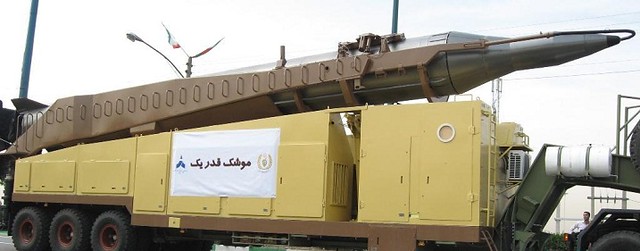The Qiam 1 (Persian: قیام-١, „Uprising-1”) is a short-range ballistic missile developed and manufactured in Iran. This missile serves as a variant of the Shahab-2 and was introduced into service in 2010. With a range of 800 kilometers and a reported accuracy of 100 meters, the Qiam 1 has become a significant part of Iran’s military capabilities.
Development and Design
Unveiled in August 2010, the Qiam 1 is notable for its unique design, characterized by the absence of external fins. This design choice enhances the missile’s radar profile and improves its aerodynamic efficiency. The Qiam 1 utilizes a liquid fuel propulsion system and is capable of carrying a warhead weighing up to 750 kilograms, including high explosive and potential submunitions.
Operational Features
- Length: 11.5 meters
- Diameter: 0.88 meters (body), 0.60 meters (warhead)
- Launch Weight: 6,155 kilograms
- Guidance System: Inertial navigation system
- Launch Platforms: Multiple configurations available
Upgrades and Enhancements
Recent improvements have reportedly reduced the missile’s error margin from 100 meters to 50 meters and extended its maximum range to 1,000 kilometers. The upgraded version features a warhead capable of carrying up to 600 kilograms and boasts a maximum speed of 1,935 meters per second.
Operational History
The Qiam 1 saw its first combat use on June 17, 2017, targeting ISIS militants in Syria. It was later employed in retaliatory attacks, including a notable strike on Al Asad airbase in Iraq on January 8, 2020, which resulted in significant damage and injuries among U.S. personnel stationed there.
International Implications
The Qiam 1 has been transferred to Houthi forces in Yemen, where it has been used in various military operations. The missile’s capabilities have raised concerns regarding regional stability and the proliferation of missile technology in conflict zones.
In conclusion, the Qiam 1 represents a significant advancement in Iran’s military technology, showcasing the country’s capabilities to develop and deploy effective ballistic missile systems.



